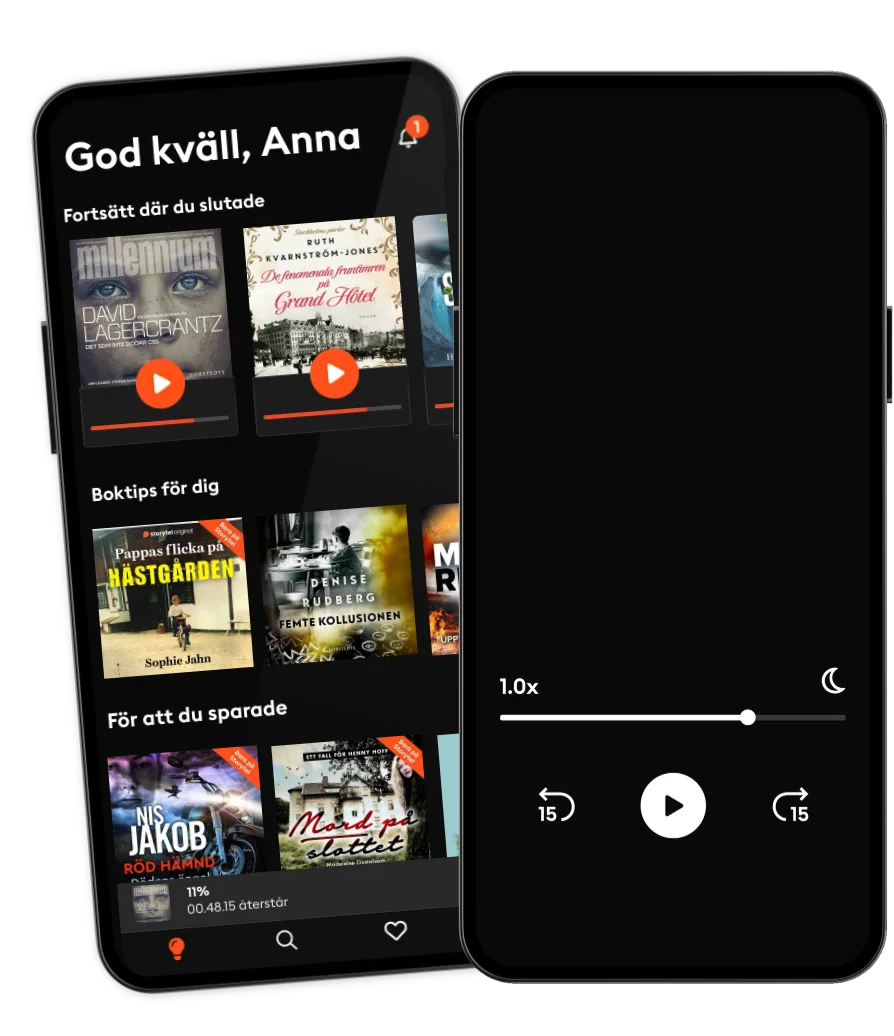Lyssna när som helst, var som helst
Kliv in i en oändlig värld av stories
- 1 miljon stories
- Hundratals nya stories varje vecka
- Få tillgång till exklusivt innehåll
- Avsluta när du vill

Bring on the Bard: Active Drama Approaches for Shakespeare’s Diverse Student Readers
- Språk
- Engelska
- Format
- Kategori
Fakta
A deep dive into the rich resources available for teaching Shakespeare’s plays, Bring on the Bard is for every high school teacher—early career to veteran—looking for new, hands-on activities to draw students of all ability levels into the work and world of Shakespeare.
Shakespeare didn’t write his plays for readers; he wrote individual “cue scripts” for actors who hadn’t read the entire play but had to perform on the fly with almost no rehearsal. Those cue scripts have become the written form of his dramas, compiled originally in the First Folio of 1623. And the actors’ cues for meaning, emotion, and emphasis are still embedded in Shakespeare’s language, ripe for discovery by today’s students.
Shakespeare’s plays rightly remain a staple of the ELA curriculum, but evolving standards and youth culture itself challenge teachers to put students—not a text—at the center of a reading experience in order to support diverse readers and learners.
How can we do this?
Experienced educators Kevin Long and Mary T. Christel introduce us to the Folio technique, which builds on active drama approaches that position students to engage with a rich text through low-risk speaking and improvisation activities. Without requiring students to become actors, the Folio technique helps them to discover the clues the Bard built into his works that allow actors to efficiently understand their characters’ text, context, and subtext. Teachers can use excerpts from the First Folio along with a mass market paperback or digital edition of a play to help students get closer to Shakespeare’s intentions; understand the language, action, and emotions of the characters; and perhaps even explore the challenges the Bard’s modern editors face.
The book offers suggestions for using parallel text, graphic, and abridged editions of Shakespeare’s works, as well as activities using cue scripts and a variety of viewing experiences.
© 2019 National Council of Teachers of English (NCTE) (E-bok): 9780814100301
Utgivningsdatum
E-bok: 1 november 2019
Andra gillade också ...
- Summary of Christopher Hibbert's The Borgias and Their Enemies IRB Media
- Summary of J. F. Andrews's Lost Heirs of the Medieval Crown IRB Media
- Summary of Peniel E. Joseph's The Sword and the Shield IRB Media
- Teachers as State-Builders: Education and the Making of the Modern Middle East Hilary Falb Kalisman
- Touchpad Play Ver 2.0 Class 2 Team Orange
- Nattankare Kristina Ohlsson
4.1
- Vägen in Peter Lindmark
4.4
- En dold skönhet Lucinda Riley
4.3
- Följeslagaren Sofie Sarenbrant
4
- De som ska dö - Del 1 Christian Frost
2.2
- Kannibalen Alexandra-Therese Keining
4
- Välkomna till vårt äktenskap Julia Dufvenius
4
- Sardonicus fyra visioner Tony Fischier
4.2
- Timmen är slagen Linda Ståhl
4.1
- Jag tycker det är tungt nu Karin Adelsköld
4.5
- Sunrise on the Reaping (svensk utgåva) Suzanne Collins
4.4
- Hembiträdet Freida McFadden
4.2
- De fenomenala fruntimren på Grand Hôtel Ruth Kvarnström-Jones
4.5
- Kvinnorna på Weyward Cottage Emilia Hart
4.1
- Väninnorna på Nordiska Kompaniet Ruth Kvarnström-Jones
4.1
Därför kommer du älska Storytel:
1 miljon stories
Lyssna och läs offline
Exklusiva nyheter varje vecka
Kids Mode (barnsäker miljö)
Premium
Lyssna och läs ofta.
1 konto
100 timmar/månad
Exklusivt innehåll varje vecka
Avsluta när du vill
Obegränsad lyssning på podcasts
Unlimited
Lyssna och läs obegränsat.
1 konto
Lyssna obegränsat
Exklusivt innehåll varje vecka
Avsluta när du vill
Obegränsad lyssning på podcasts
Family
Dela stories med hela familjen.
2-6 konton
100 timmar/månad för varje konto
Exklusivt innehåll varje vecka
Avsluta när du vill
Obegränsad lyssning på podcasts
2 konton
239 kr /månadFlex
Lyssna och läs ibland – spara dina olyssnade timmar.
1 konto
20 timmar/månad
Spara upp till 100 olyssnade timmar
Exklusivt innehåll varje vecka
Avsluta när du vill
Obegränsad lyssning på podcasts
Svenska
Sverige